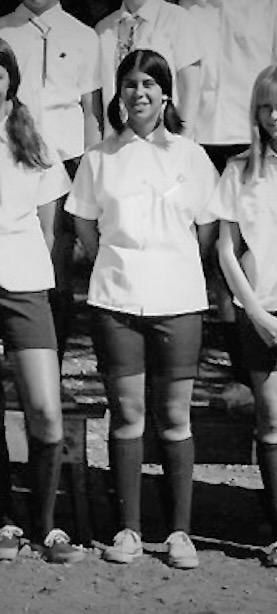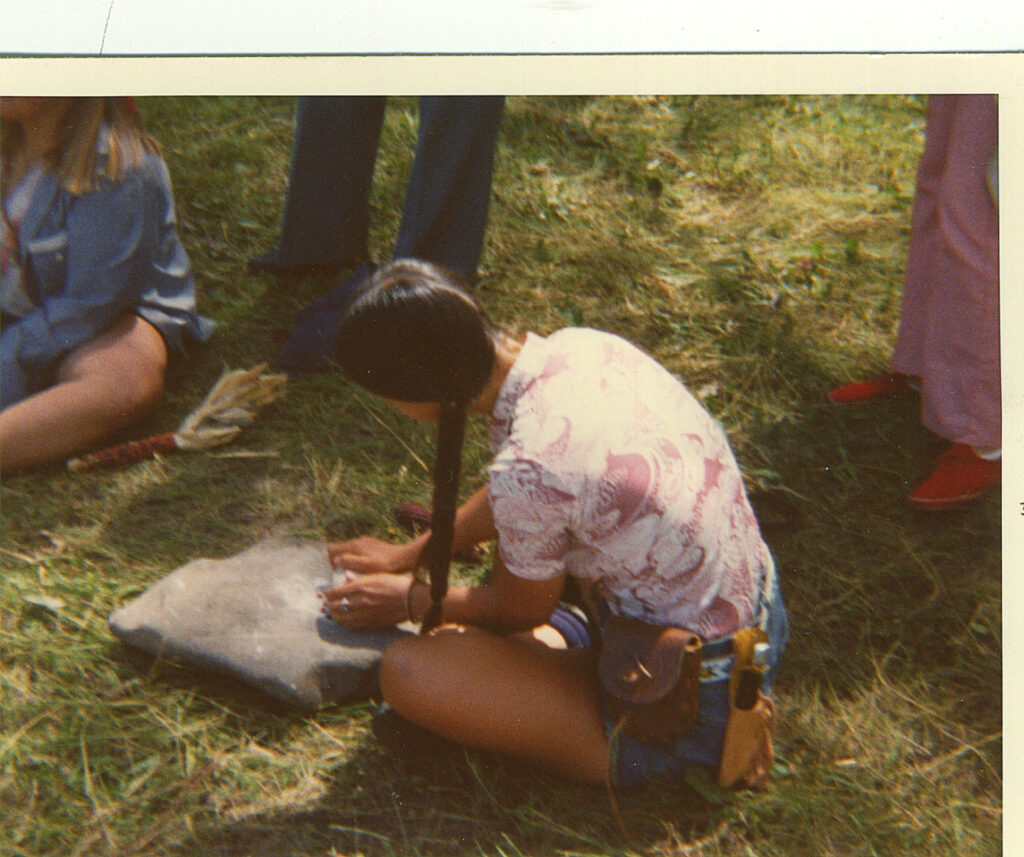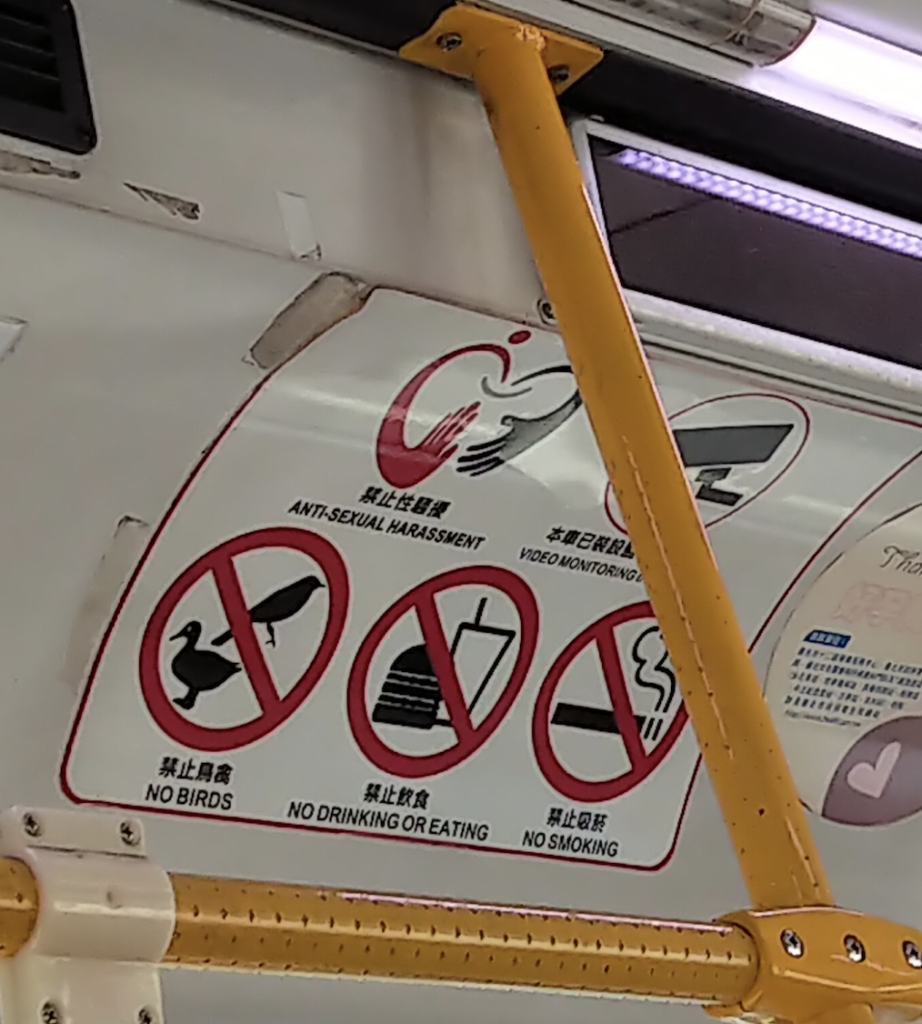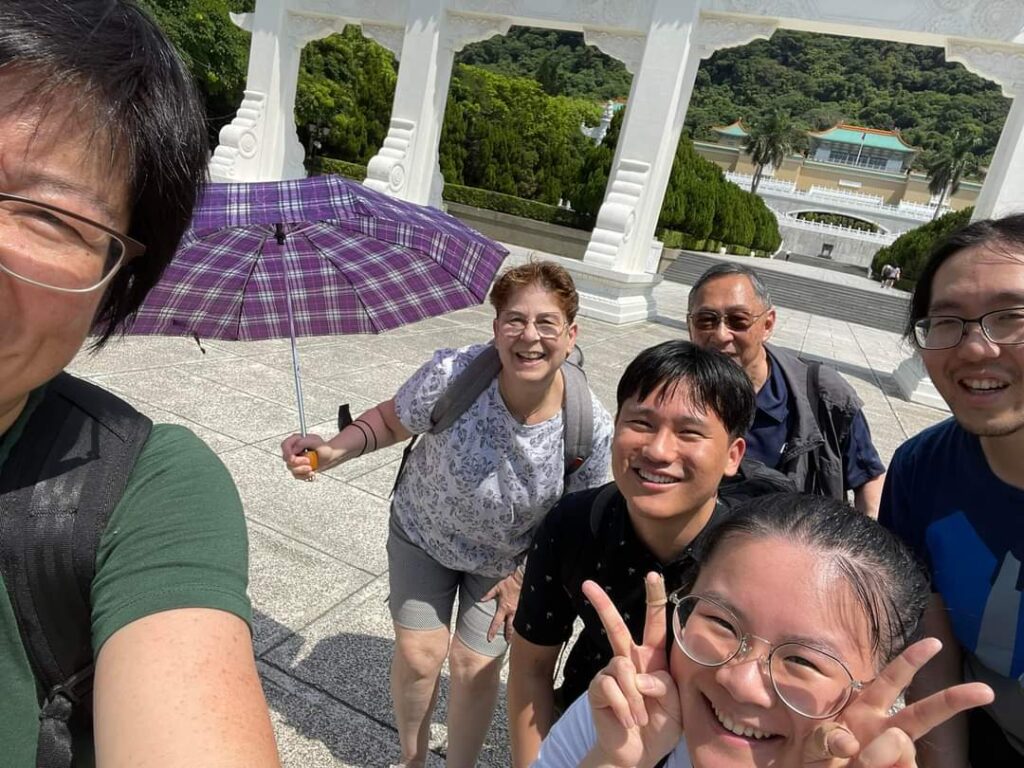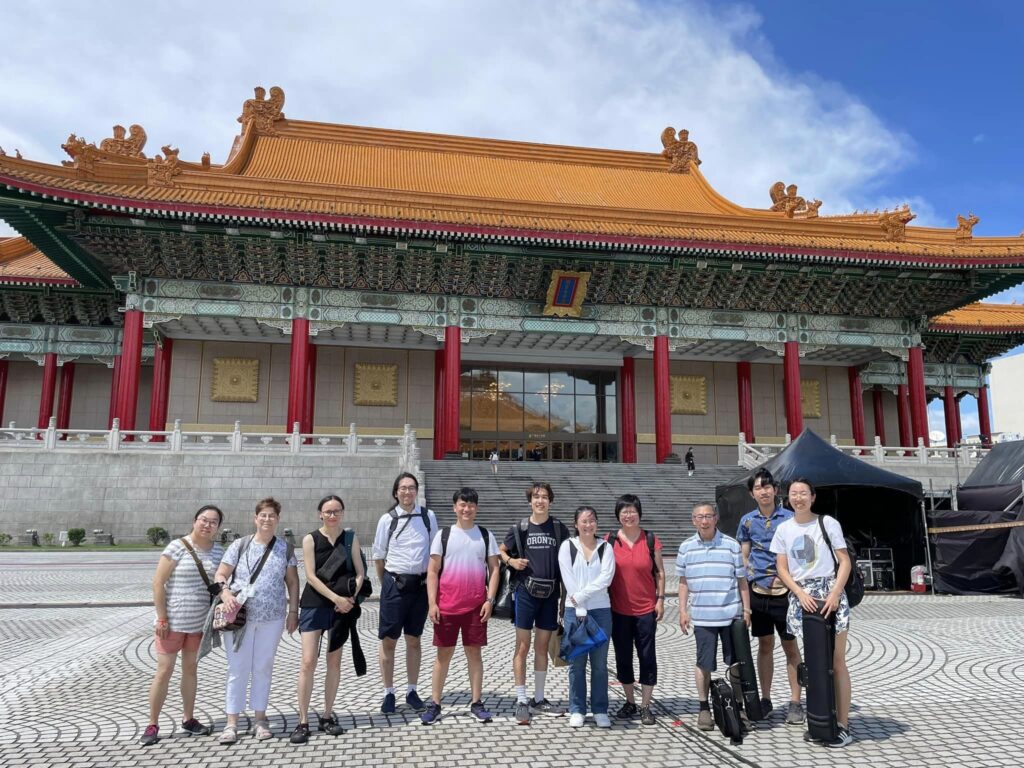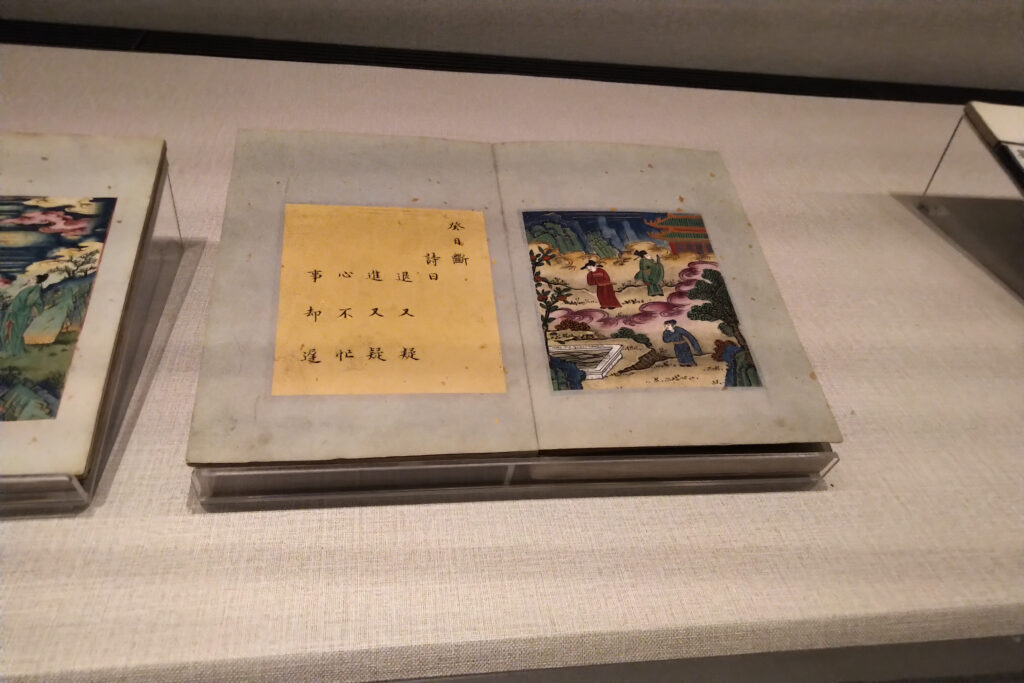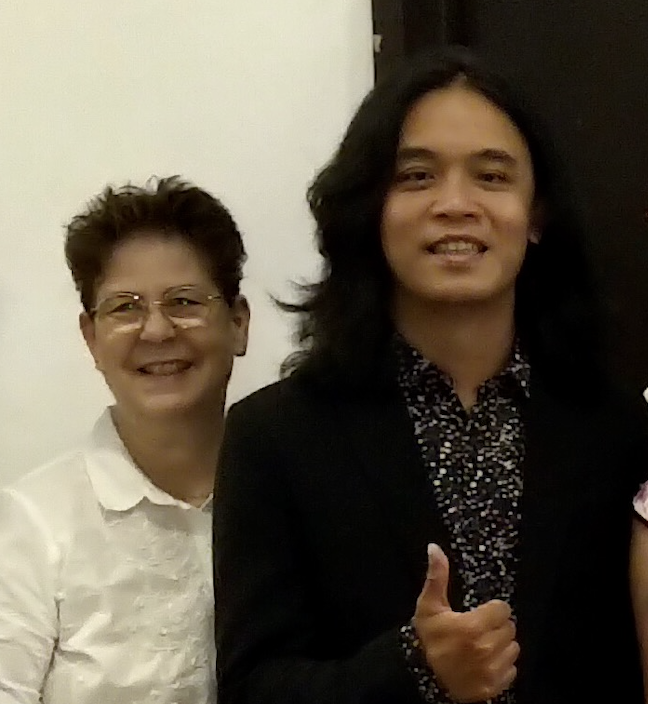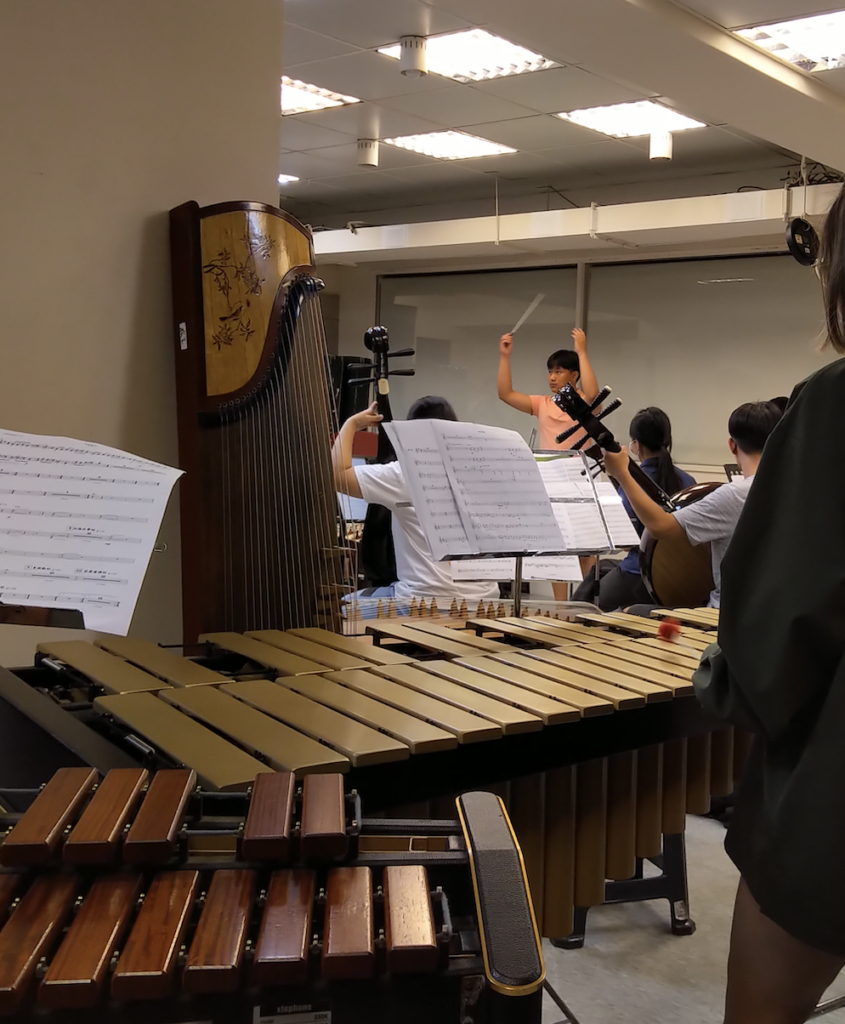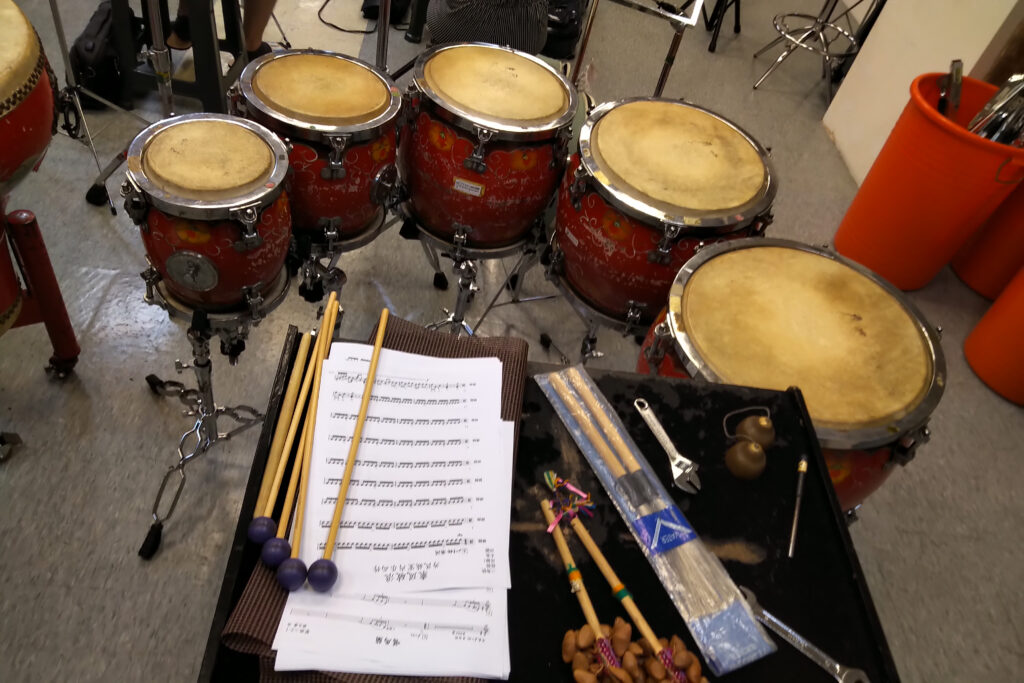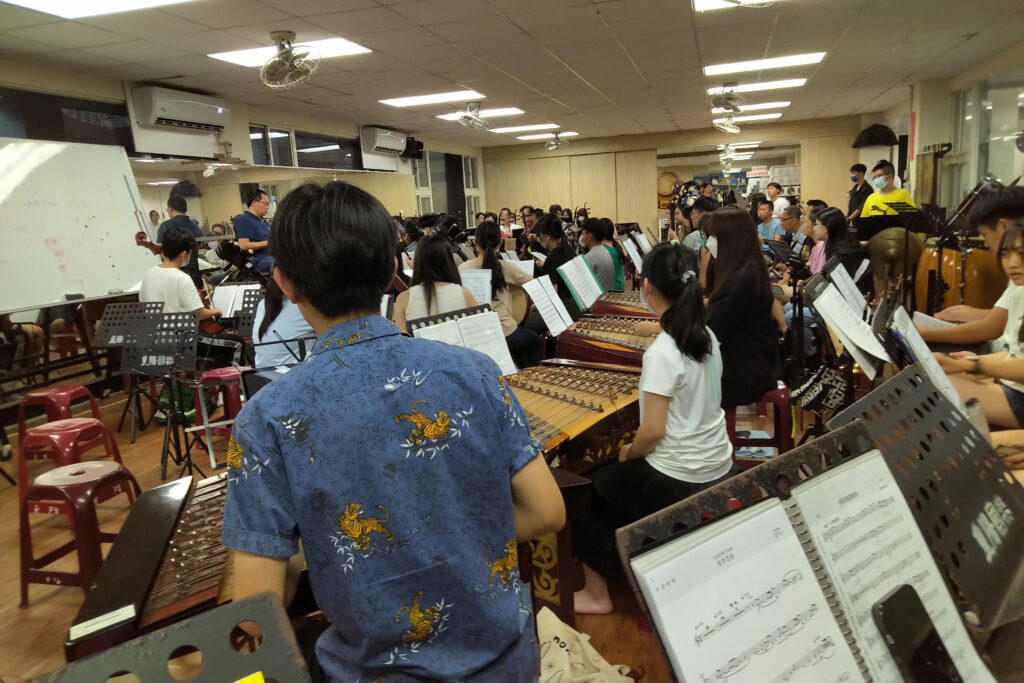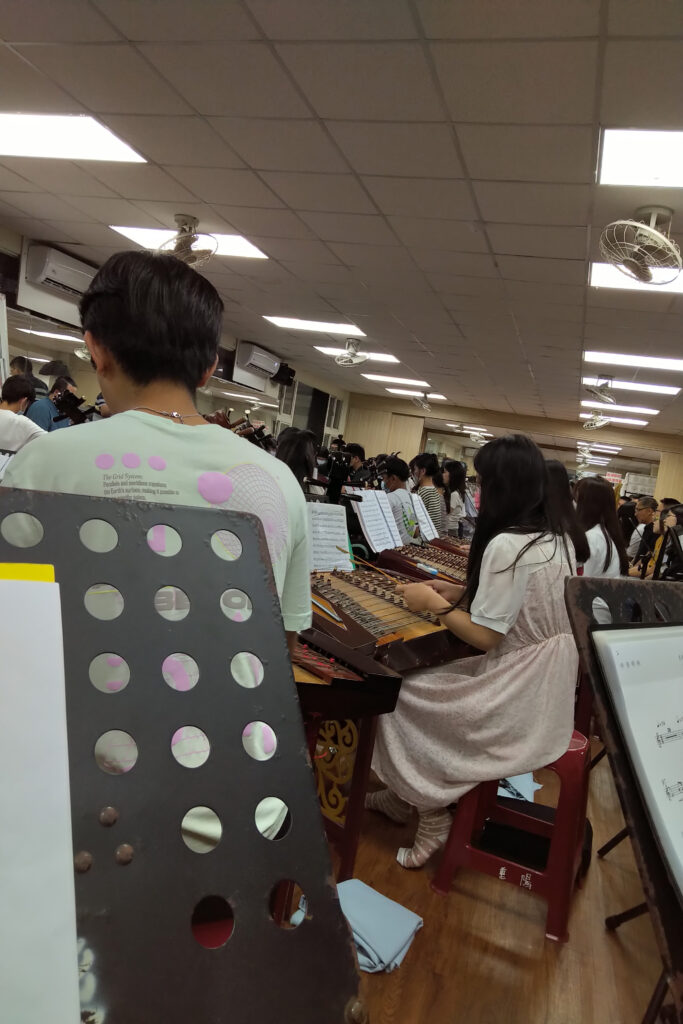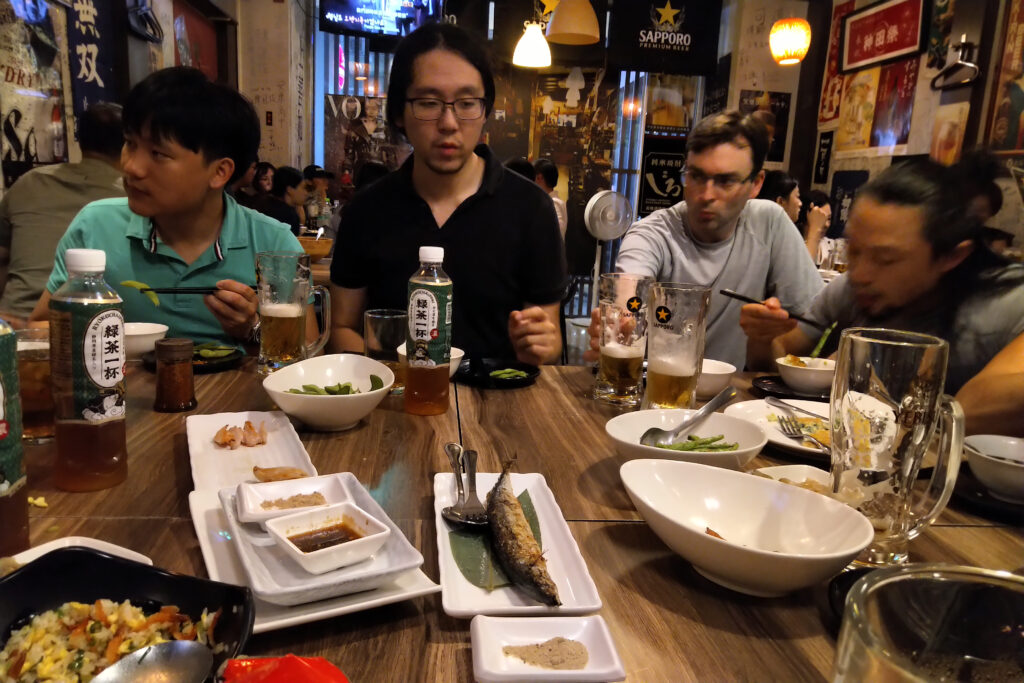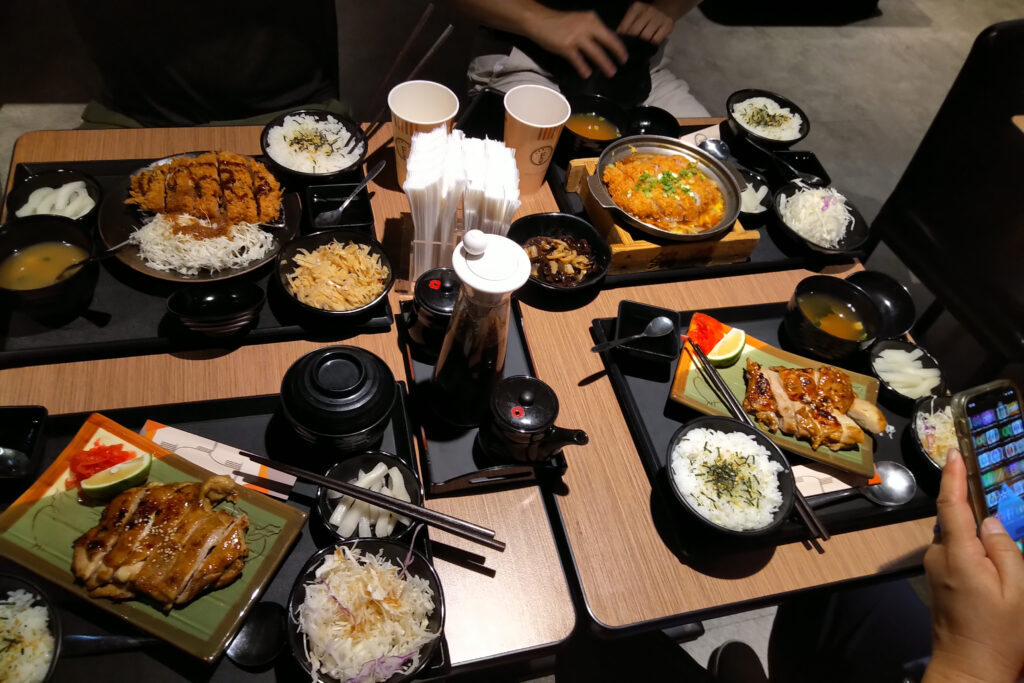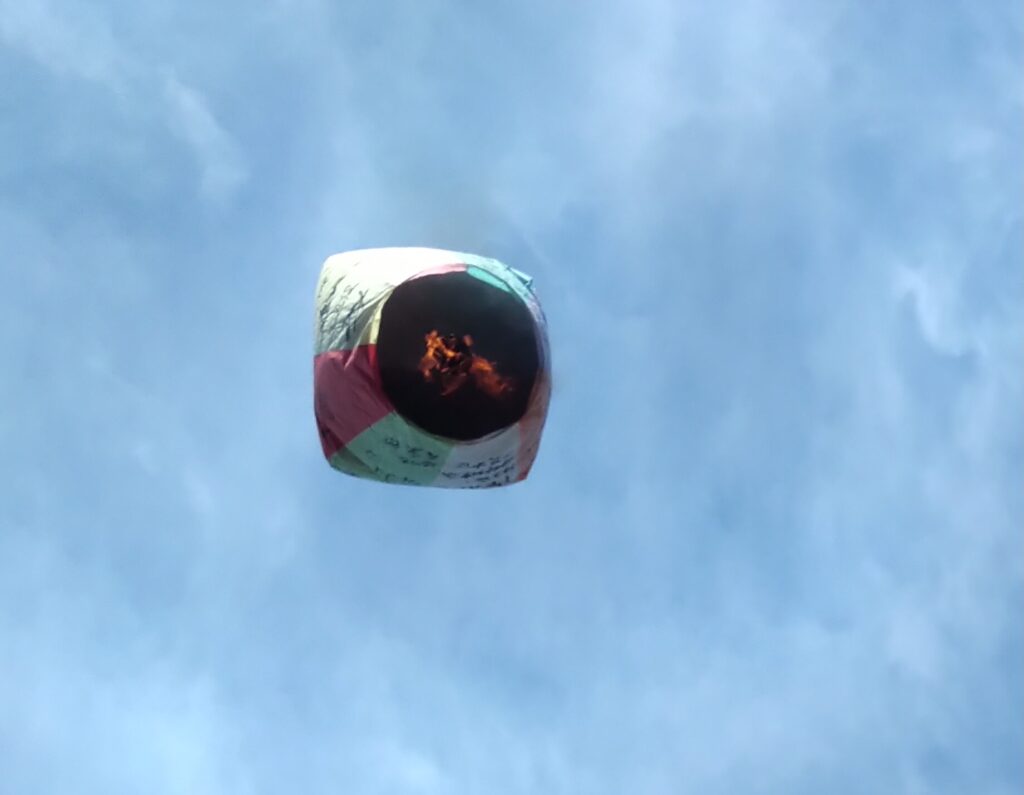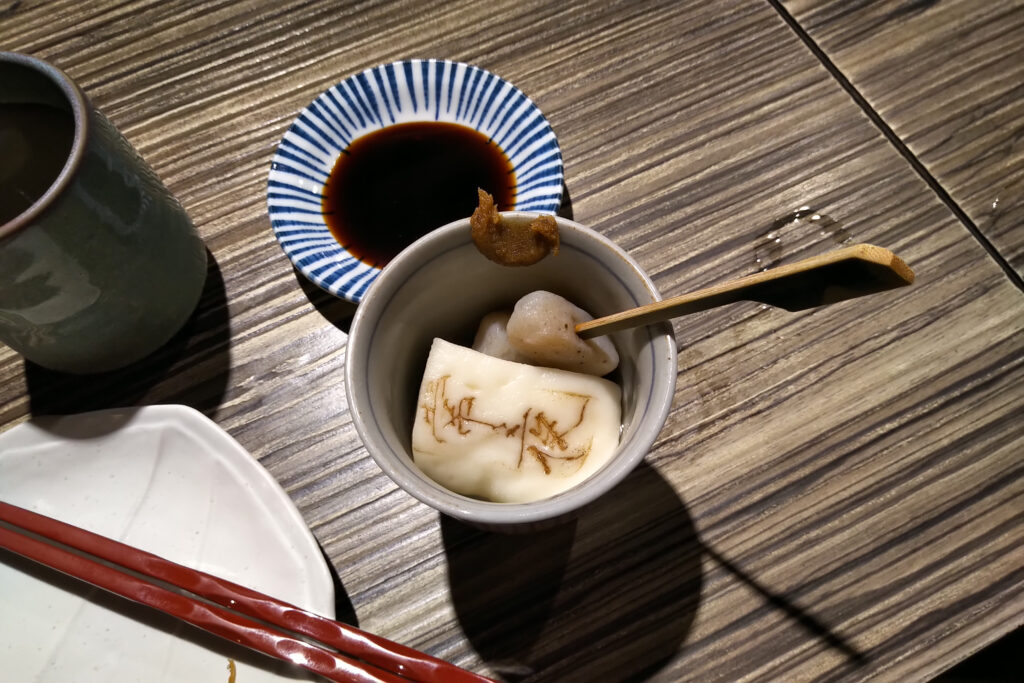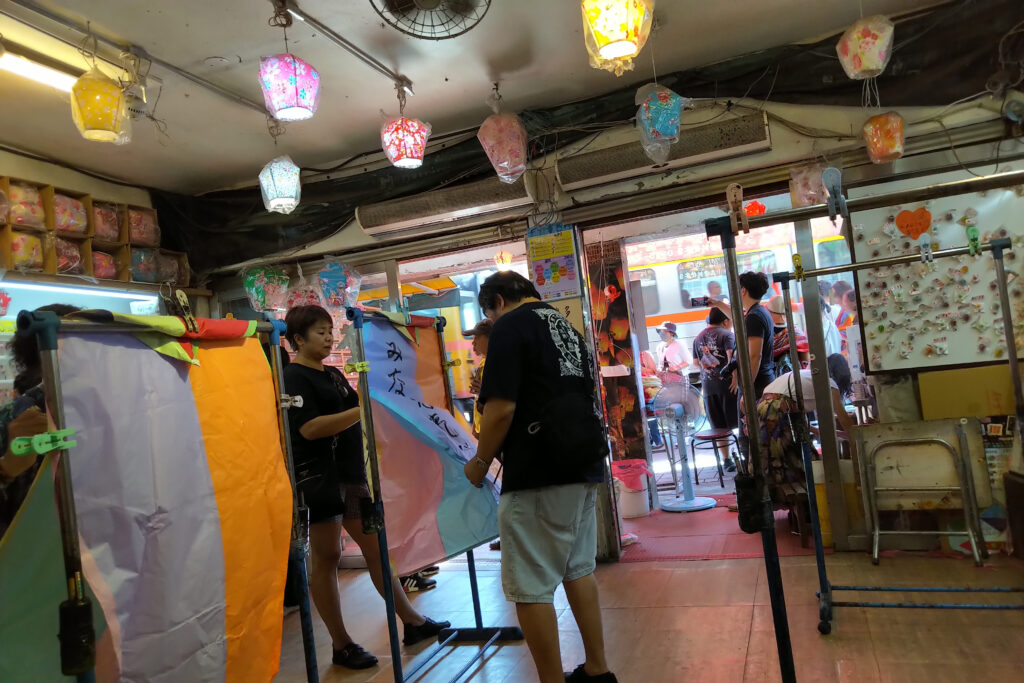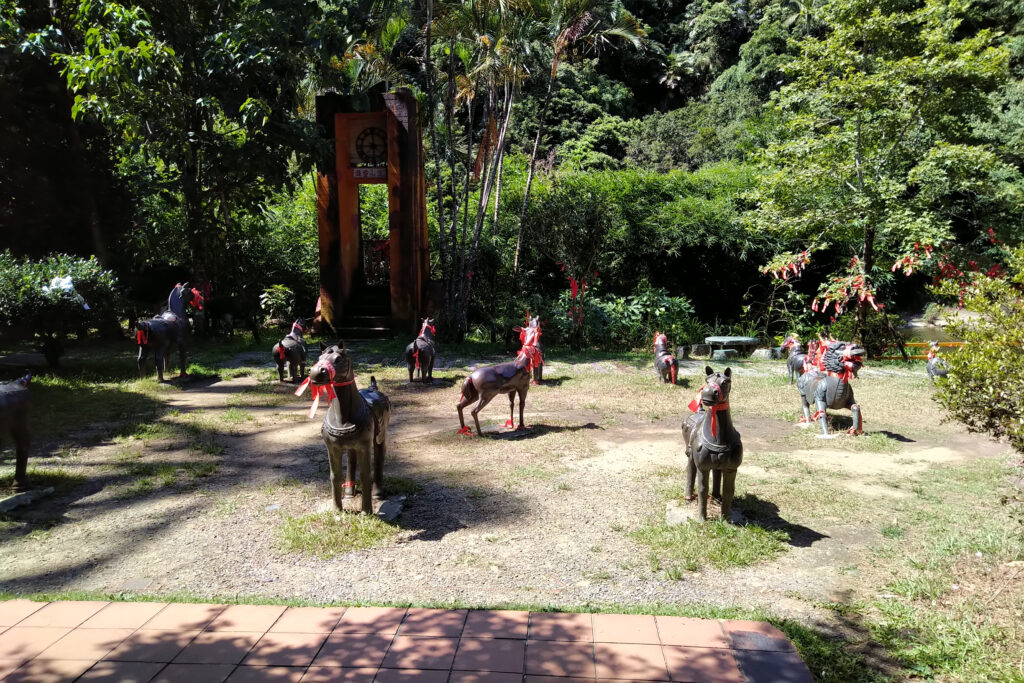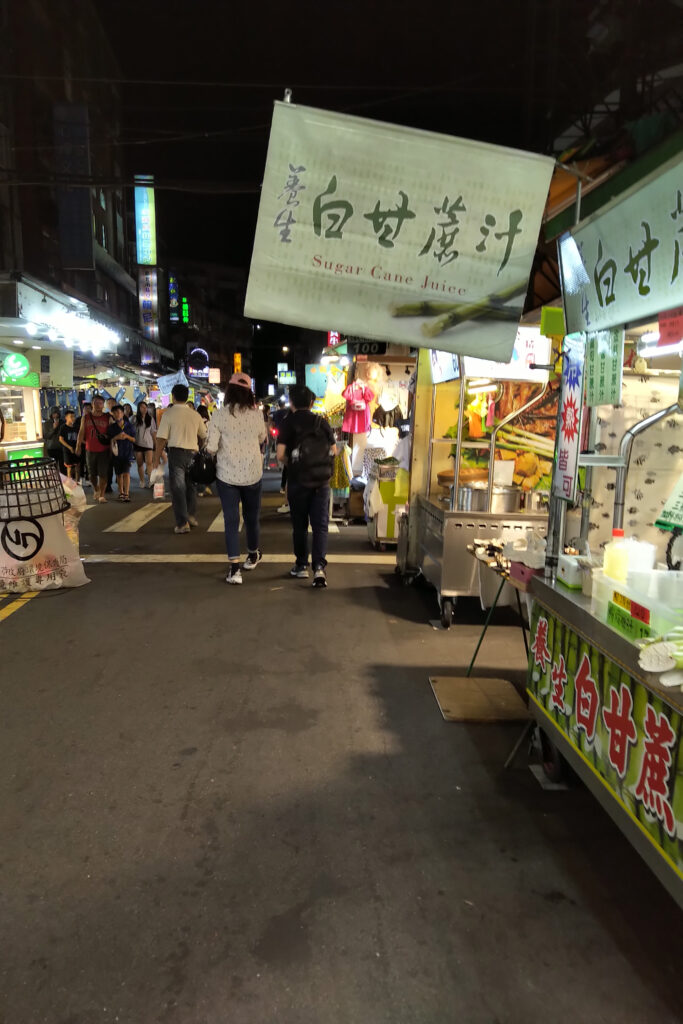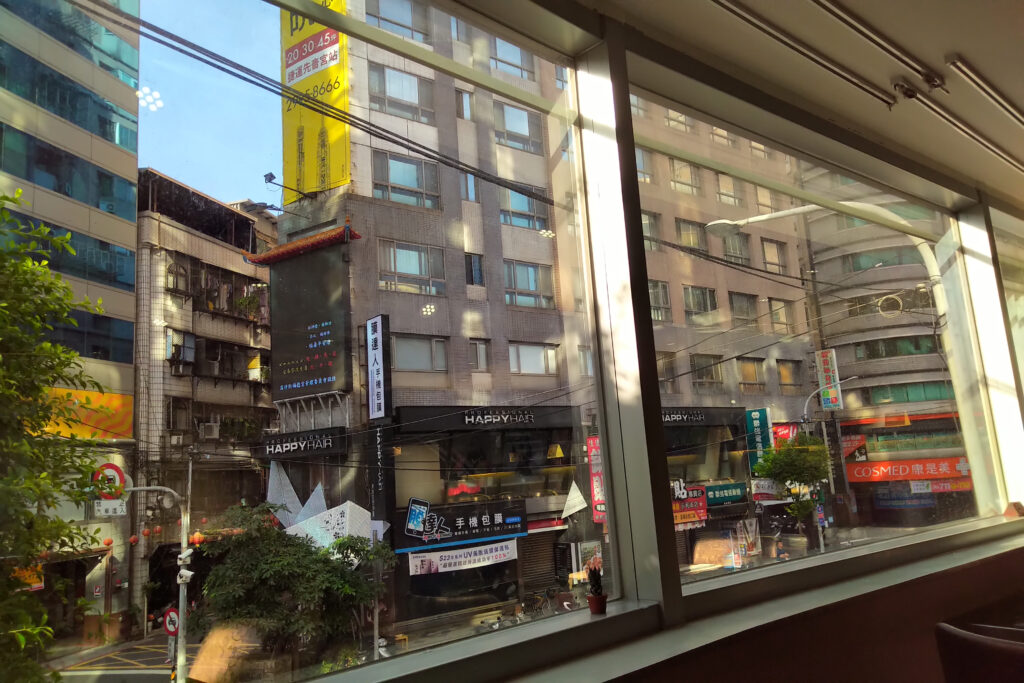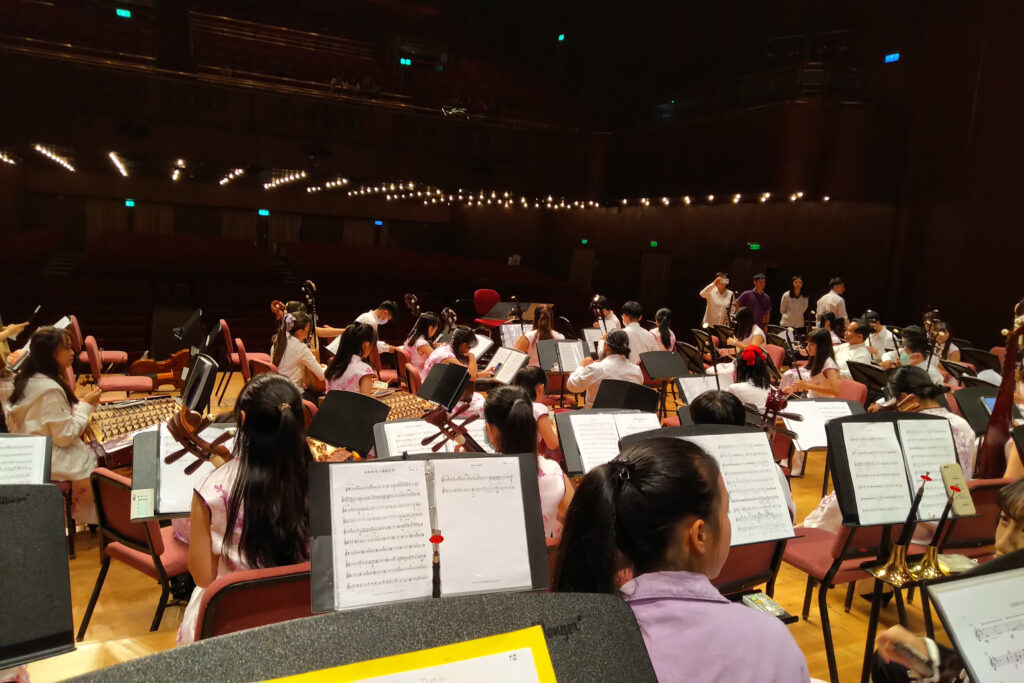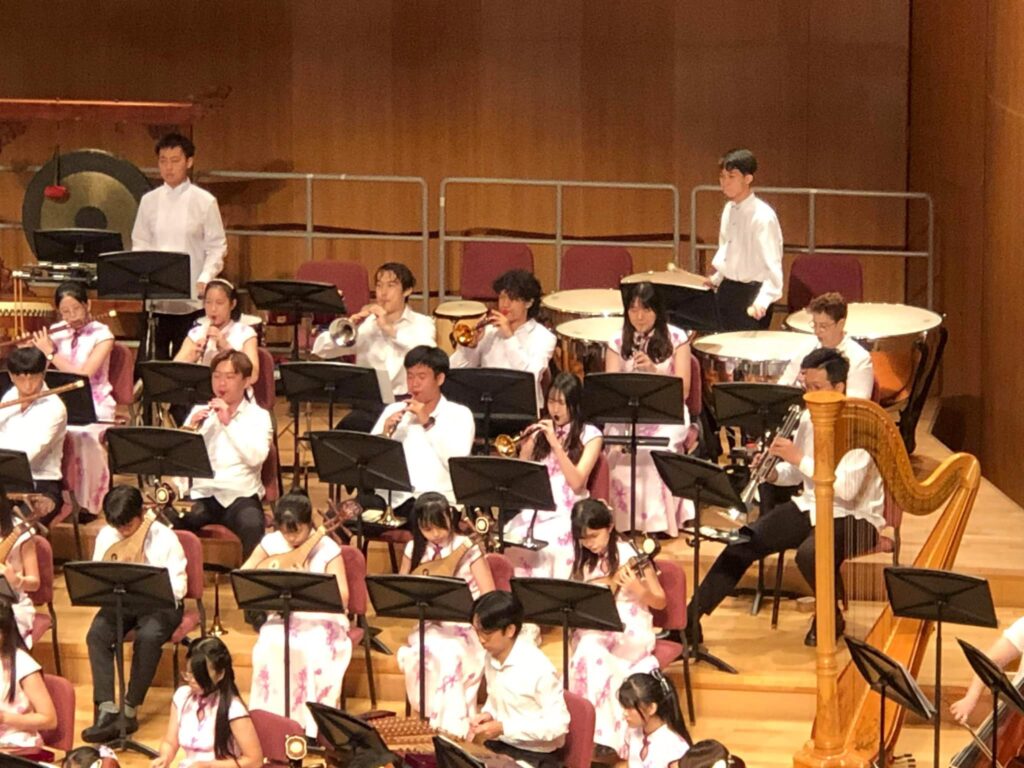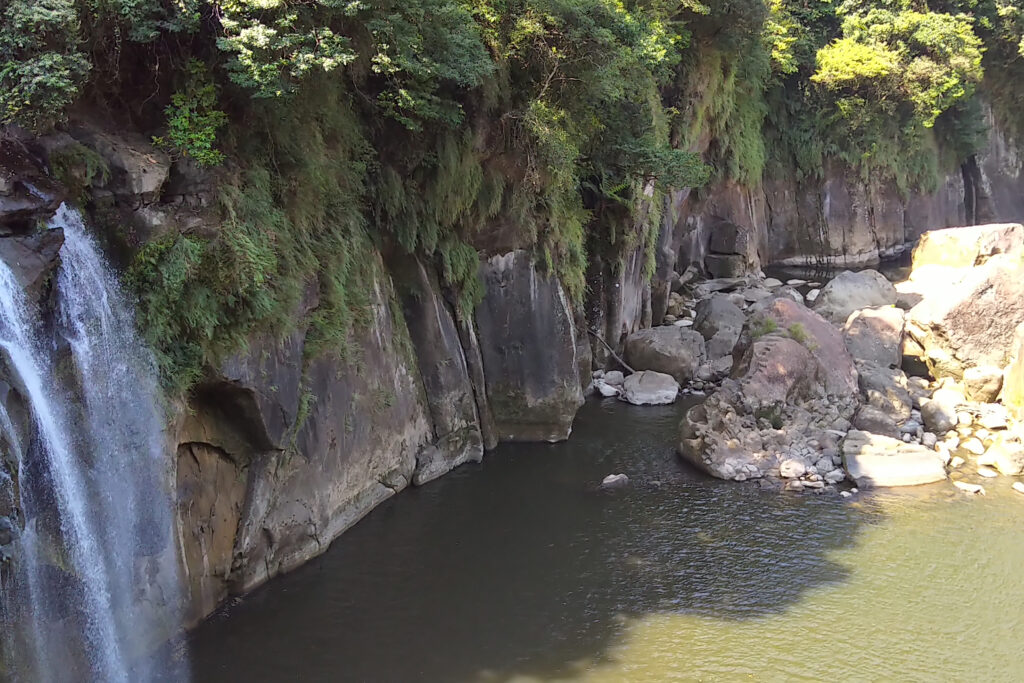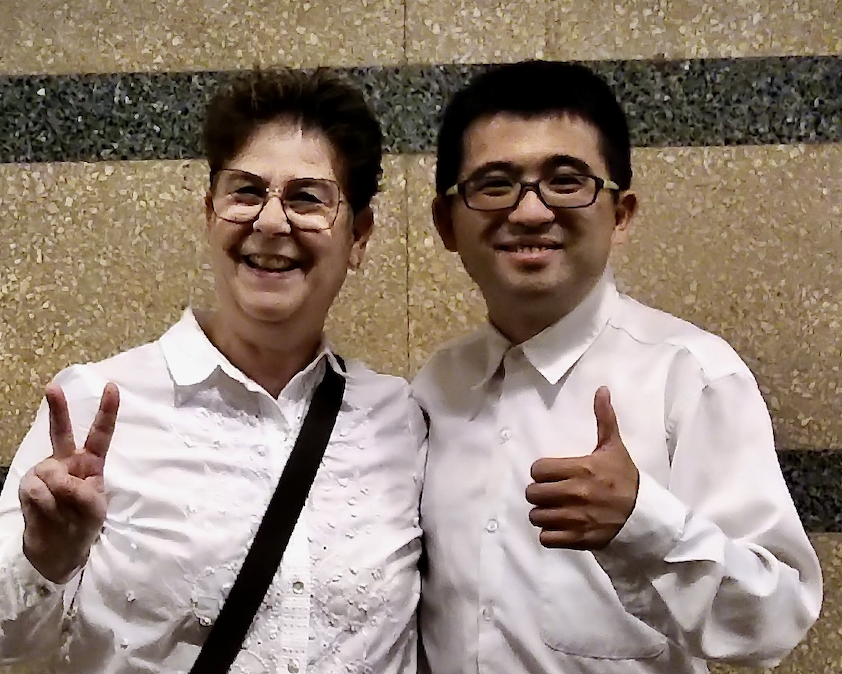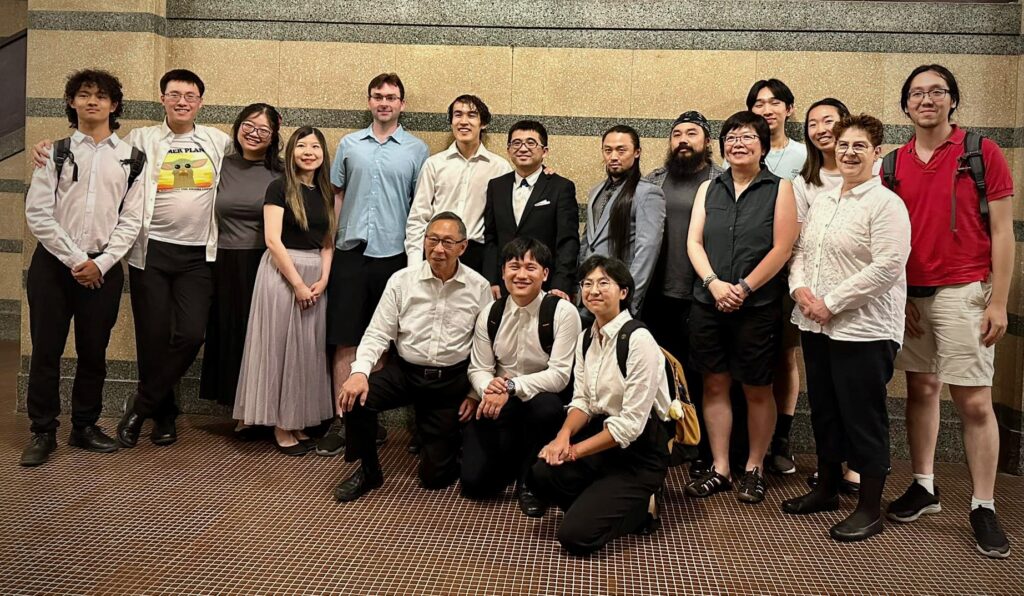Cultural Integrity, Valuing Heritage
“Make new friends/but keep the old; one is silver/and the other’s gold”
We used to sing that tune many years ago, usually during the closing campfire the night before a long bus ride home to suburbia from Girl Scout camp. After two weeks of camping and learning together in the great outdoors, sleeping under the stars in outdoor bunks, tending the horse corrals, swimming at the poolhouse, and singing lots of songs. The mundane chores of divvying up food servers, dish washers, and flag duty guards were done by song; routines that became old friends. These rituals helped us retain a sense of order and familiarity, of how to share chores, the fun of learning with others, and the special songs we sang about how to do this, lingered even after we returned home.
Music does that. Some music is new, some is old. Our songs came from around the world: Maori, French, Native American, British, American folksongs, to name a few. The music embeds a sense of time and place and important relationships into memory.
Sometimes, though, older music or traditions are replaced; or worse, discarded. Time and distance can cause alienation from cultural treasures, especially if the chain of connection is broken. from the origin. We learned the value of keeping our older friends or traditions, while adding new ones, from the song, “Make New Friends, But Keep the Old”.
I want to share that belief with you today through a recent experience of mine, travelling to Taiwan with a group of Canadian musicians, to rehearse and learn with a local orchestra in Taipei. It was quite a long distance to travel! But the truth is, it is quite one thing to play music from a score thousands of miles from where the music originated, and quite another to be locally and culturally immersed and learn the context and full authentic sound of the music. This is what we did.
We arrived at 5am local time, after 20 hours of travel, and after a brief stop in our hotel rooms, met for breakfast with our host, Dr. Chen Zhisheng. Then headed for the National Palace Museum.
It seemed crazy to me, with part of my mind or neshama still in Canada, to be rushing off to a museum within hours of landing. I like museums, but couldn’t we have a nap first or something? But, there was reason for Dr. Chen’s suggestion we go there: tradition and culture. That is what we came to Taiwan to absorb, to bring into our music. And, so into the museum we went.
We mostly looked at the excellent collection of foundational manuscripts there. My favourites were pages from treatises on the Yi Qing (I Ching).
Some TCO members took part in master classes in conducting for Chinese orchestra. I had Suona lessons, particularly reed-making lessons, as it is not possible to buy ready made alto suona reeds. My teacher, “Daniel” 林瑞斌 Lin Ruibin, came to my hotel each morning and so generously and graciously made reeds and gave me tools as well as lessons on my instrument and information on where to buy supplies.
We started having orchestra rehearsals after a few days. Because of the great size of the orchestra, we had to move the rehearsal venue to the dance/gym building at a school in Taipei.
Rehearsals kept up daily, and so did the post-rehearsal food! One evening, Dr. Chen took us all out to a 22 course Japanese dinner. Another night we went for Izakawa, so loud and fun and raucous, with great beer and cool A/C.
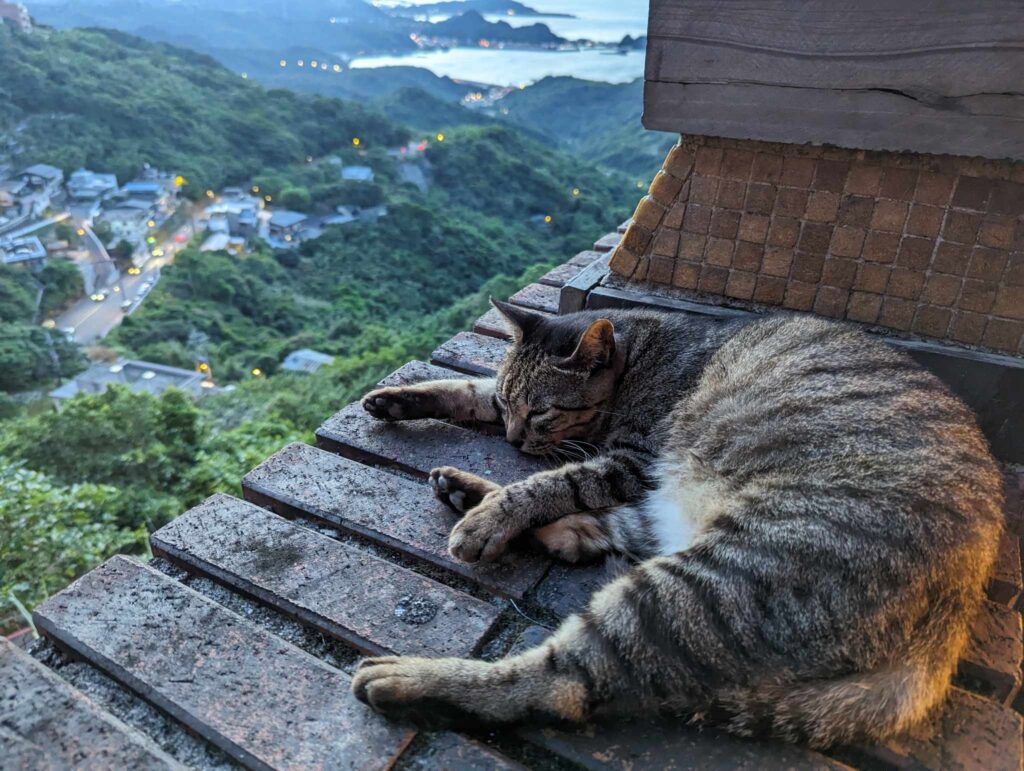
We continued our cultural explorations, going to night markets and shopping for gifts and personal treasures in the retail stores. I bought Chinese preschoolers’ calligraphy books and stationery, a dress, toiletries.
Food is a big part of Taiwan’s culture, a mix of Chinese, Japanese, Thai, and other Asian cuisines. Prices are so low and quality is so good, and everything is fresh.
In all of this hubbub, though, I truly appreciated starting my day with a quiet breakfast and looking out the window of my hotel’s breakfast room.
Eventually, the day came for our concert, Thursday 20 July. We’d had our private music lessons, orchestra rehearsals, and dipped deeply into Chinese history, language, music, food, landscapes, and customs over the past ten days.
The National Concert Hall was filled, both orchestra level and balcony. Everything went like clockwork. Most notable for me was how smooth and blended movement and sound were; my experience was that it just flowed. There was none of the usual anxiety about missing cues or entrances or playing off key as with bands and orchestras where we played well from scores, but were mostly lacking cultural literacy for the music. Instead, there was a naturalness and understanding of what we played, and we played together as a corps rather than sweating out individual parts.
All in All, it was a delightful experience, and the intent to share traditional cultural context for this music with Canadians came back home with me. Although there is motion in some parts of Asia to replace traditional Chinese music with Western orchestral music and instrumentation, and emphasize soloists, preserving the beauty and transcendence of the culture as a whole and sharing it with those in diaspora is Wisdom at work. Yes, modern western instruments were integrated into the orchestra, and yes, some pieces were very modern in vibe: however, these were enhancements of traditional sounds, tonalities, and instruments.
The Xianse Gong Chinese Orchestra and we Canadians made new friends, and we will depart to share with our golden friends back home, extending the reach of traditional Taiwanese culture and music, for the benefit of all.

